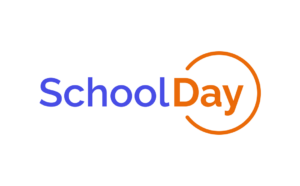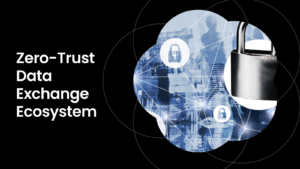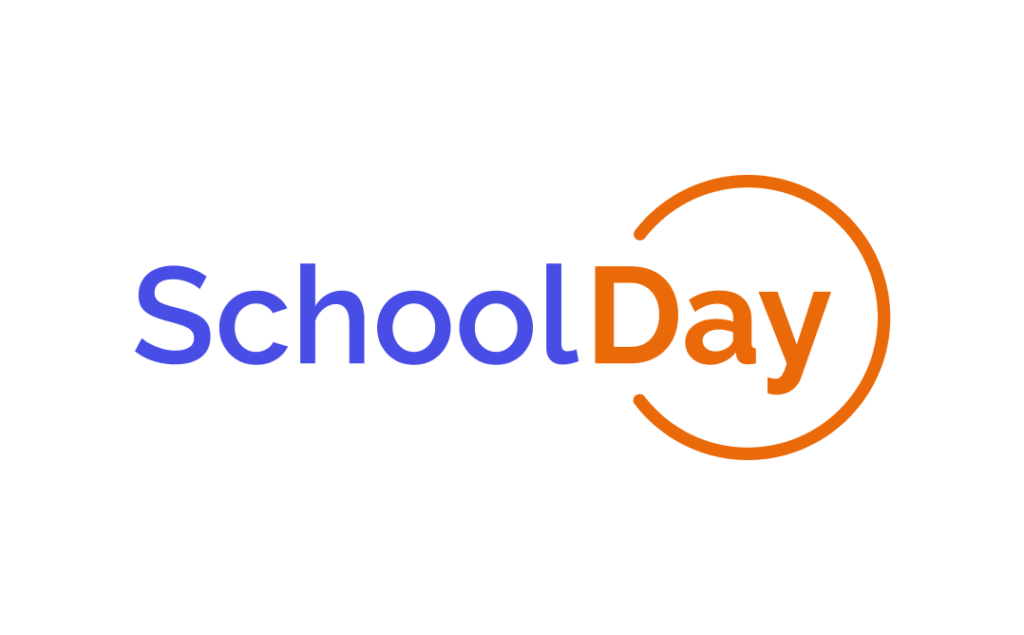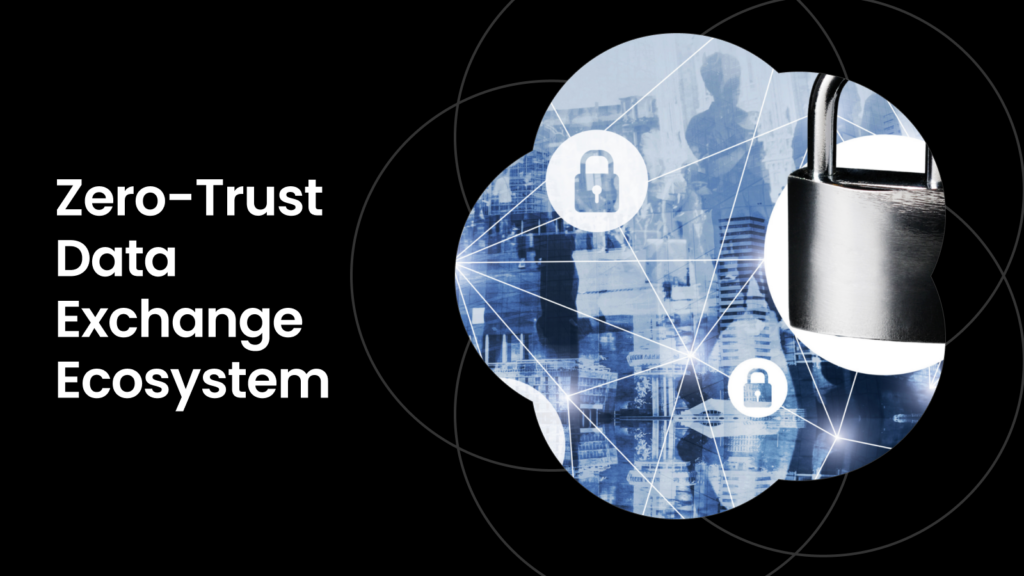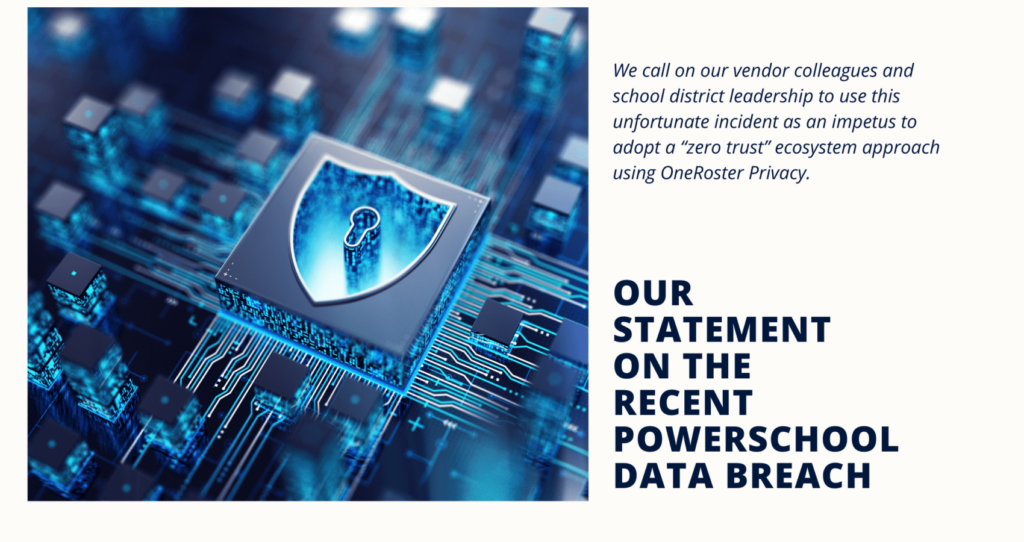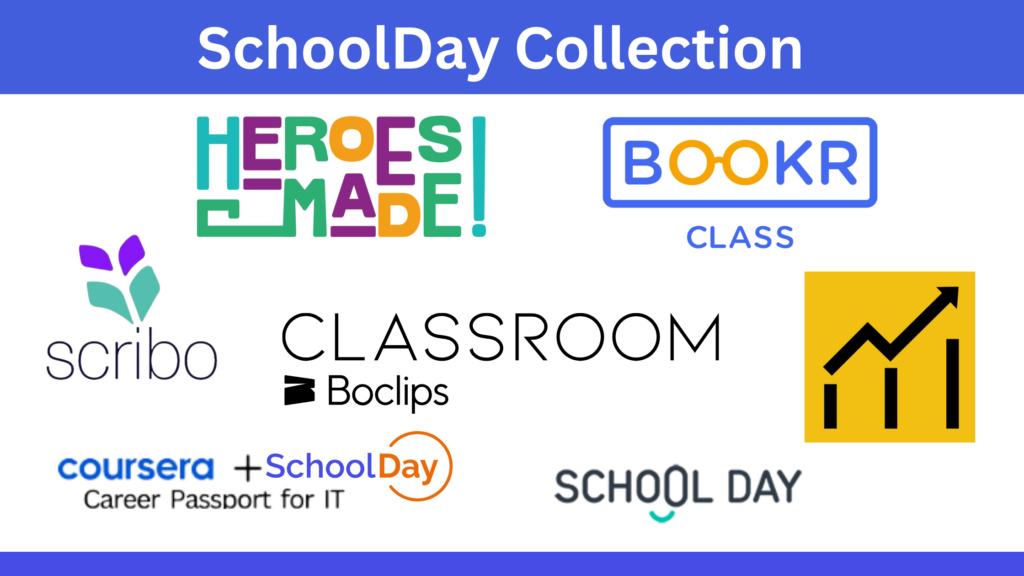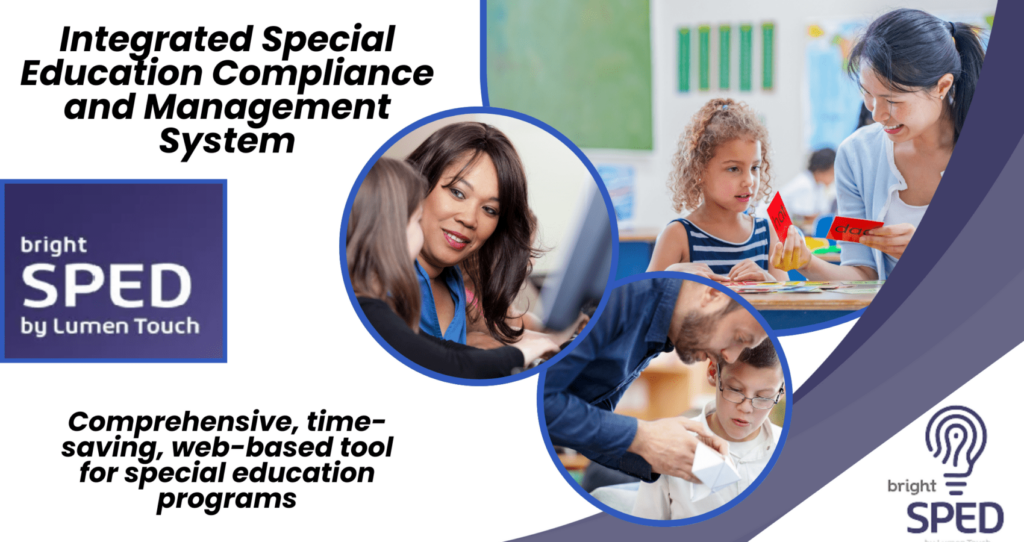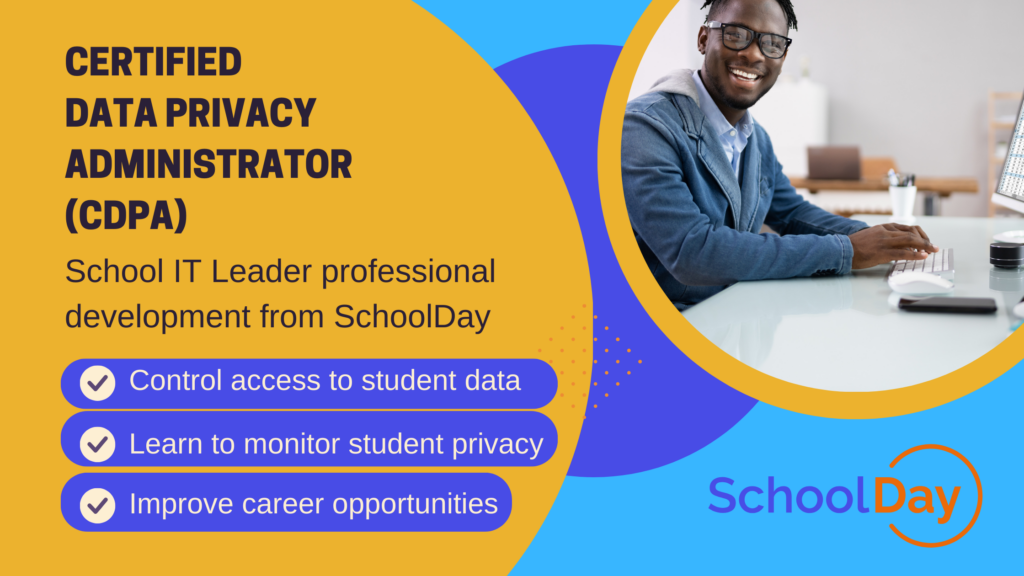Picture yourself driving on a highway. The day is bright, the sky is clear, and you’re able to cruise along. Now picture that same drive, only the road ahead is obscured by thick fog. You have to put on the brakes, slow down, and ease your way down the road because you simply cannot see what’s out there – and not knowing means danger. Lack of visibility makes it difficult to move forward. Schools have the same problem in data management: Student PII is out there, but who has it and how it’s being shared is a murky picture. School decision makers are forced to proceed with caution. As with the driver on the highway, schools need visibility. That’s where SchoolDay’s PII monitoring plays an instrumental role.
The Problem with Traditional Rostering
There is inevitable risk as an edtech vendor working with K-12 schools. For most edtech providers, the standard operating procedure to obtain the data they need to work with a school is through rostering. What is rostering? Traditional rostering is a high-risk data exchange when the student’s personally identifiable information (PII) is copied from the school’s roster to the edtech vendor’s database. But the risk of having all of those copies of the roster out there is that every instance is another potential for a breach or exposure of data.
Most Vendors Don’t Need PII
Progressive edtech vendors don’t want to touch student data, especially with students under the age of 18 who are unable to consent to their data being used. SchoolDay’s zero-trust data exchange allows these vendors to connect with the school without being forced to use traditional rostering or even touch PII. We anonymize student data during the exchange process.
Schools Want to Know Where PII Is Going
At the same time that vendors are trying to find ways to work without having to use PII, schools want to know who has access to their data, where it’s going, and why. SchoolDay provides districts with PII monitoring tools so that they can see which vendors have their data, whether or not that vendor has been approved by 1EdTech, and what other third parties might have access to the data (Google, for example, if Google is being used as the authenticating login tool).
PII Monitoring Gives Schools Visibility
One of the most important features of SchoolDay is the power it gives K-12 schools to monitor PII. Your school gains the visibility to not only see what edtech products are being used but which ones have access to PII data and which ones put the school at risk by connecting through traditional rostering services, which do not mask the PII data the way SchoolDay does. With a quick glance, school IT leaders and administrators are able to see where the risk is highest and determine what steps are needed to take to mitigate that risk. You can drill down to see who has access to unmasked PII data so that you can stop it.
Traditional Rostering Services Exacerbate Risk
SchoolDay helps schools visualize the leaks. Schools have, until now, had minimal control over how school PII is managed by edtech vendors, making it a challenge to keep school data safe and private. Traditional rostering services have exacerbated this by copying roster data to every edtech vendor that a school contracts with, increasing the school’s liability and risk of reputational damage over lost and stolen PII, and interfering with the school’s ability to effectively comply with data privacy laws. PII monitoring helps schools mitigate that risk.
8 Reasons Why School IT Leaders Use PII Monitoring
Monitoring PII (Personally Identifiable Information) in K-12 schools is a crucial responsibility that often falls to the IT leaders within the district. PII includes sensitive information such as names, addresses, social security numbers, and more. Monitoring PII helps protect the privacy of students, their families, and staff members. Unauthorized access or misuse of this information can lead to privacy breaches and identity theft.
Legal Compliance
Schools are subject to various laws and regulations that require them to safeguard personally identifiable information. Non-compliance can result in legal consequences, including fines and legal actions. Monitoring helps ensure that the school is adhering to these legal requirements.
Data Privacy
PII is a valuable target for cyberattacks. Schools are increasingly storing student and staff data electronically, making the information vulnerable to data breaches. Monitoring PII helps detect and prevent unauthorized access or data breaches, enhancing overall data security.
Identity Theft Prevention
PII is often used to commit identity theft, a crime that can have long-lasting and devastating consequences for individuals. By monitoring PII, schools can help prevent identity theft and protect their students and staff.
Parent and Guardian Trust
Parents and guardians trust schools with the personal information of their children. Monitoring PII demonstrates the school’s commitment to protecting this information, which can enhance trust and confidence in the institution.
Data Retention and Disposal
Schools accumulate a significant amount of data over time. Monitoring PII ensures that unnecessary data is not retained, and that data is properly disposed of when it is no longer needed, reducing the risk of unauthorized access.
Incident Response
In the event of a security incident or breach, having PII monitoring in place enables schools to respond quickly and effectively. Early detection can minimize the impact of a breach and reduce potential harm to individuals.
Reputation Management
A data breach or privacy incident can damage a school’s reputation and erode trust among students, parents, and the community. Monitoring personally identifiable information helps prevent such incidents and can contribute to maintaining a positive reputation.
PII Monitoring Is an Ethical Responsibility
Schools have an ethical responsibility to protect the personal information they collect. Monitoring PII is a proactive step towards fulfilling this responsibility and ensuring the well-being of the school community.
Don’t Just Monitor PII. Control It.
Unlike traditional rostering services in the industry or privacy policies loaded with promises, SchoolDay empowers EdTech apps without the need to share student data. Our PII monitoring empowers school leaders to take action and categorizes and prioritizes the PII risks according to custom rules configured by your school district. That’s when our PII anonymization services come to the forefront. Your staff can select whether to filter PII to specific vendors. We offer a robust API framework for vendors to implement that allows vendors to create accounts for users, manage authentication and logins, create personalized experiences, communicate with users, and other more complex use cases like badging and credential reunification.
Working Together
The future of education is in edtech. And the future of edtech is a collaborative effort to better secure student data, protect student data privacy at all costs, and work together to ensure that the industry moves forward in a safe way.
SchoolDay safeguards student privacy and educational data by providing a secure ecosystem orchestration platform for schools and classrooms. Serving over 36,000 schools, 3,000+ districts and colleges, and hundreds of EdTech vendors, SchoolDay champions open standards and secure data exchange, solidifying its role as a trusted leader in educational technology.

